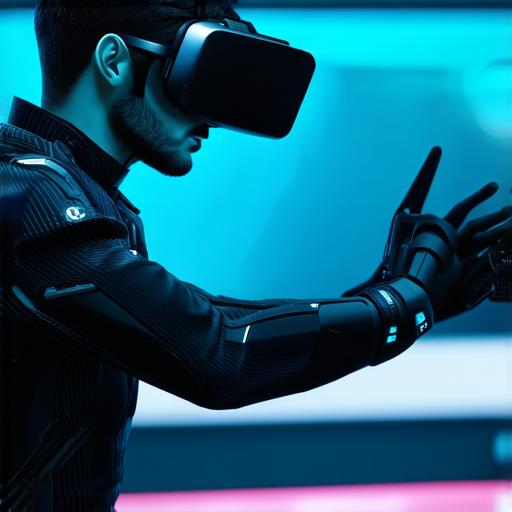Introduction:
The concept of the metaverse has been gaining traction for several years now, and with the COVID-19 pandemic forcing people to stay indoors, it has become more relevant than ever. The metaverse is a virtual world where users can interact with each other and participate in various activities without being physically present. This article aims to provide you with a comprehensive guide on how to create a metaverse platform in 2021. We will discuss the key components of a successful metaverse platform, including blockchain technology, user experience, content creation, and marketing strategies.
Blockchain Technology:
The first step in creating a metaverse platform is to choose an appropriate blockchain technology. Blockchain technology provides the underlying infrastructure for the metaverse by enabling secure and transparent transactions. There are several blockchain platforms available, including Ethereum, Hyperledger, and EOS. Each platform has its unique features, and you should choose the one that best suits your needs.
One of the most popular blockchain platforms for metaverse development is Ethereum. Ethereum provides a wide range of tools and frameworks for building decentralized applications (dApps) on the blockchain. With Ethereum, you can create smart contracts, which are self-executing programs that can automate various processes in the metaverse. You can also use Ethereum to create non-fungible tokens (NFTs), which are unique digital assets that can be bought, sold, and traded on the blockchain.
Another blockchain platform that is gaining popularity for metaverse development is Hyperledger Fabric. Hyperledger Fabric is a modular blockchain framework that provides a high level of flexibility and customization. You can use Hyperledger Fabric to create private, permissioned blockchains that are optimized for enterprise applications.
User Experience:
Once you have chosen the appropriate blockchain technology, the next step is to focus on user experience. The metaverse platform should be easy to use and navigate, with a clean and intuitive interface. Users should be able to create their avatars, customize their virtual environments, and interact with other users seamlessly.
One of the most important aspects of user experience in the metaverse is immersion. The platform should provide a fully immersive experience that transports users into a virtual world where they can interact with each other and engage in various activities. To achieve this, you can use techniques such as 3D rendering, haptic feedback, and spatial audio.
Content Creation:

The next step is to focus on content creation. The metaverse platform should provide a wide range of activities and experiences for users to enjoy. You can create various games, social spaces, and virtual events that cater to different user interests and preferences.
One of the key challenges in creating content for the metaverse is ensuring that it is engaging and interactive. Users should be able to participate in the content actively, whether by solving puzzles, competing with others, or collaborating on projects. You can achieve this by using techniques such as gamification, social interaction, and user-generated content.
Marketing Strategies:
Once you have created your metaverse platform, the next step is to attract users and build a community. Marketing strategies are crucial in promoting your platform and generating buzz around it. You can use various marketing channels, including social media, influencer marketing, and PR, to reach out to potential users.
One of the most effective marketing strategies for the metaverse is partnerships and collaborations. You can partner with other companies or organizations to create unique experiences and events on your platform. For example, you can partner with a gaming company to create a new game that is exclusive to your platform.
Case Studies:
There are several successful metaverse platforms that you can learn from. One of the most popular metaverse platforms is Decentraland, which was launched in 2018 on the Ethereum blockchain. Decentraland provides a fully immersive experience for users, with
